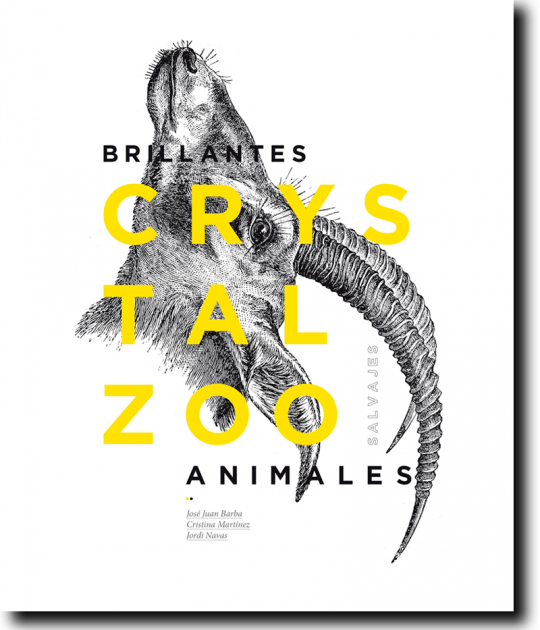The book contains an extensive text by José Juan Barba, articulated in a speech of positioning defined by human body positions, proposing projects and ways of understanding architecture and relate to landscape, natural or antropic. Divided into three blocks, the book organizes the projects according to these positions: inclined, vertical and horizontal.
The three approaches are both literal and metaphorical, although its reading is presented figuratively, as an architectural approach whose initial derivative begins with Einfuhlung theory and the structural perception of buildings through the forces that pass through our bodies in any position.
The book presents an ontological relationship of architecture with the space, creating places that reflect spaces with people, spaces that depend for their existence on memory, time, movement, those who use them, touch, live or remember them.
It is possilbe, not only because they have tried to envision big ideas or a new universe, but also because the projects were designed with very limited means; the advisor and the students had to use their own resources. And because of where they were designed (in a young public university) and also because of the moment when they were presented, a time when crisis in architecture has hit harder than ever.
The twenty-one projects selected are a sample of a much wider group that for reasons of space are not included here, a group of brillant young architects that deserve to be singled out, work that deserved to be exhibited due to the brillance of its results (all the projects received a minimum grade of 'Very good' and the majority received a grade of 'Outstanding', Special Awards for End of Architectural Studies, or Spanish Architecture Biennial Awards, among others). All of them belong to a generation of young architects, with some common parameters, which gave them a common identity: the search to build architecture as a place."
The projects show utopias that are complemented by possible territories, where the proposal widens the scope of their ambition. It allows the authors to revisit the support on which they construct, rejecting or reaffirming it, delving into something more than a mere contextual relationship and focusing on the construction of a 'locus' of possibilities, a possible, future, utopian place, as their reality depends in turn on the architecture that is projected on it.
The books runs through projects that speak from the recognition of the land and its ruins to others who propose a new identity and identification on the landscape or those that are result of a search for responding to cultural or programatic conditions or new technological materializations.
Inclined position
Gran Large Mons reactivation center.- Sofía Larrea.
Video and sound museum in Juromenha.- Ángela Solís.
Yenikapi Archaeological Site Interpretation Center.- José María Estebaranz.
Empathic Network.- Natalia Matesanz.
Regeneration of Guadalquivir's riverbanks and mills.- Carlos García Criado.
Meeting point for cyclists and pedestrians.- Patricia Huerta.
A stop on the callémino.- Leticia Fernández.
Vertical position
Social condenser infrastructure.- Alex Duro.
Leisure center for kids and elder.- Nuria Gómez del Campillo.
Lisboa germina e volta a la vida!!!.- Adriana Calvo.
School of Marine Engineering and Shipbuilding.- Marta Aránguez.
State Public Library.- Álvaro Martín.
Alghero City Museum.- Alba Castillón.
FNAC in Tirso de Molina.- Elena Osoro.
Horizontal position
Gran Vida of Madrid.- Julián Uceda.
Bebauungsplan 108: Kleinensee.- David Gutiérrez.
Performing Arts Centre: Madrid cinema restoration.- Lara Calle.
High Performance Centre for Artist.- Beatriz Guijarro.
Interpretation Center at the Venetian Arsenal.- Candelas Enciso.
New York Formula 1 circuit.- Carlos García Gómez.
Multimedia Transport Hub.- Christian Robles.





































